Mobile Forensic Platform for prompt identification at the scene of a mass event - terrorist attack or disaster

 Project title
Project title
Mobile Forensic Platform for prompt identification at the scene of a mass event - terrorist attack or disaster
 Name of Beneficiary/Beneficiaries
Name of Beneficiary/Beneficiaries
Police Commander in Chief
 Name of programme
Name of programme
BiO-9. Competition for the performance and funding of projects in the field of scientific research or development work for defence and national security
 Competition
Competition
COMPETITION NO. 9/2018
 Project value
Project value
PLN 10 562 371
 Funding value
Funding value
PLN 10 562 371
 Project delivery period
Project delivery period
10/12/2018 – 9/05/2022
Have a look at the outcome of our work
Video
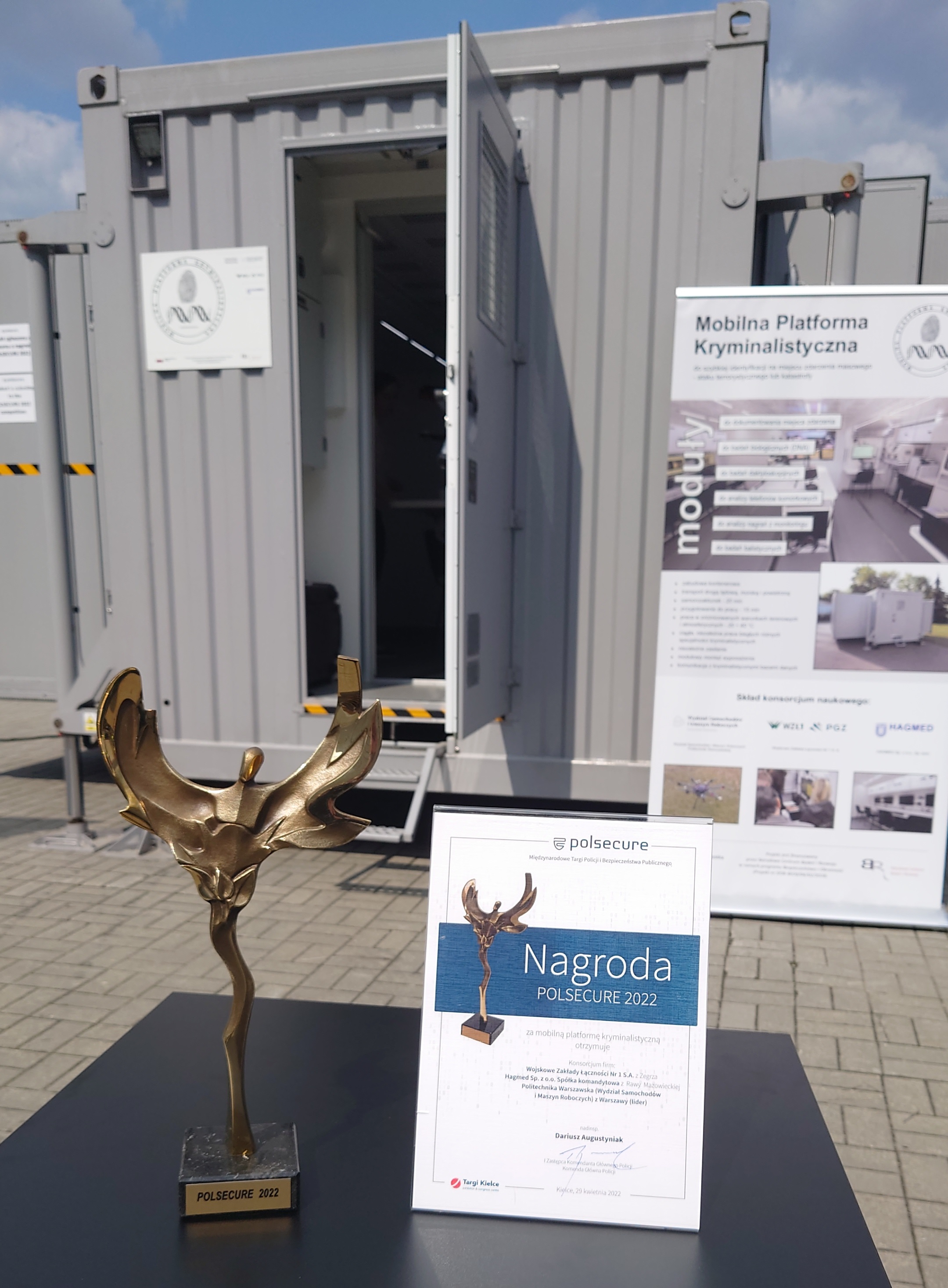
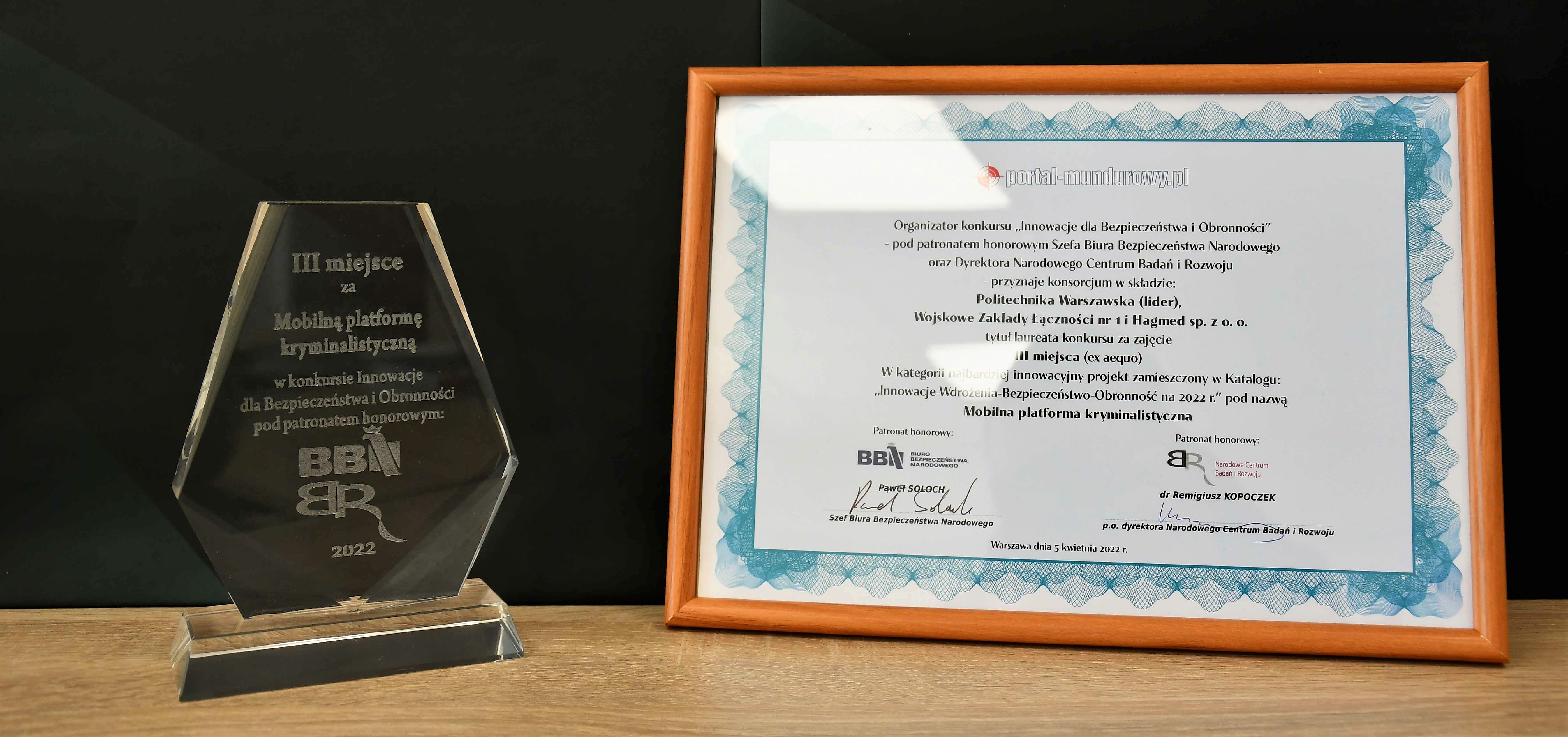
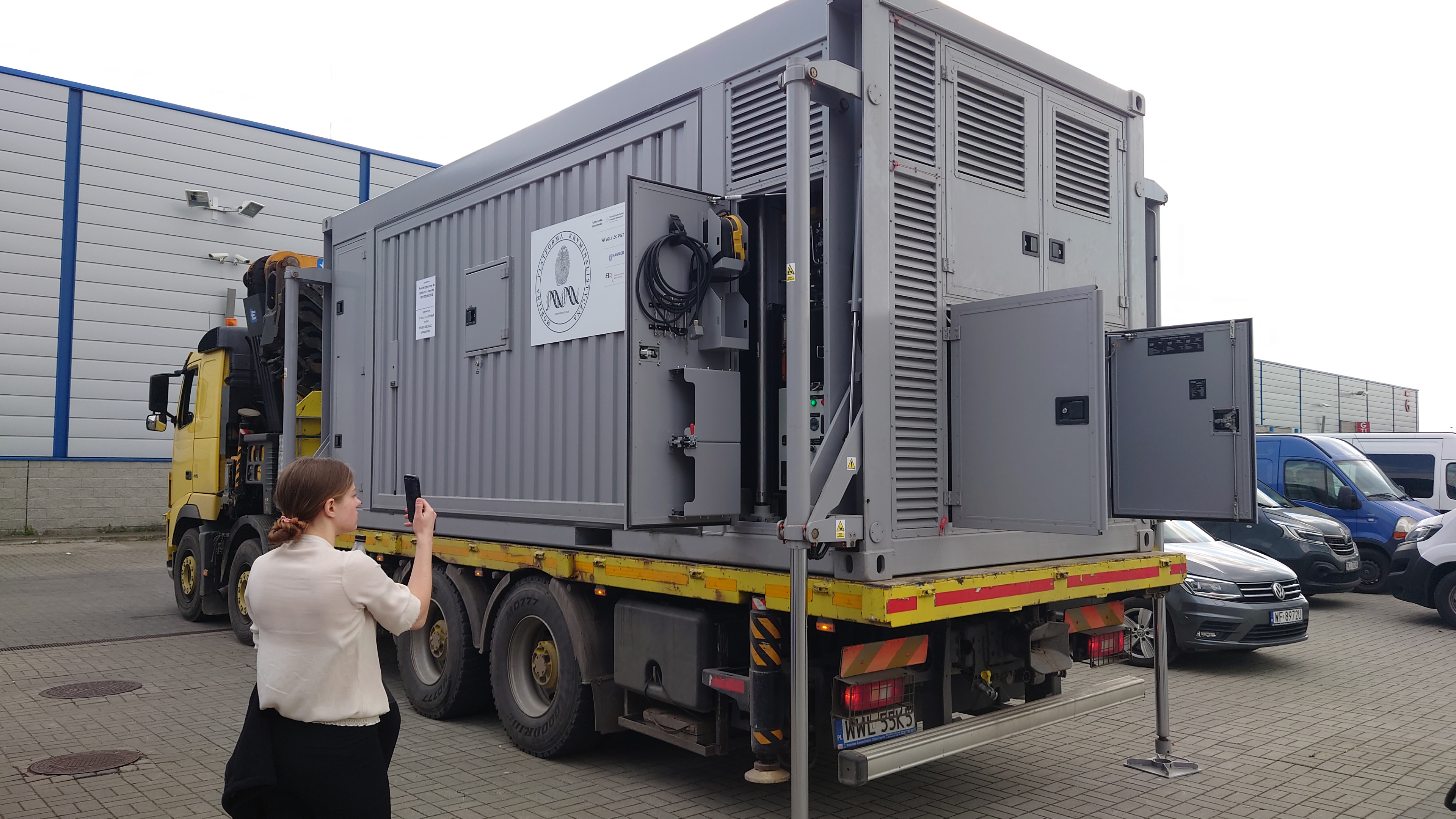
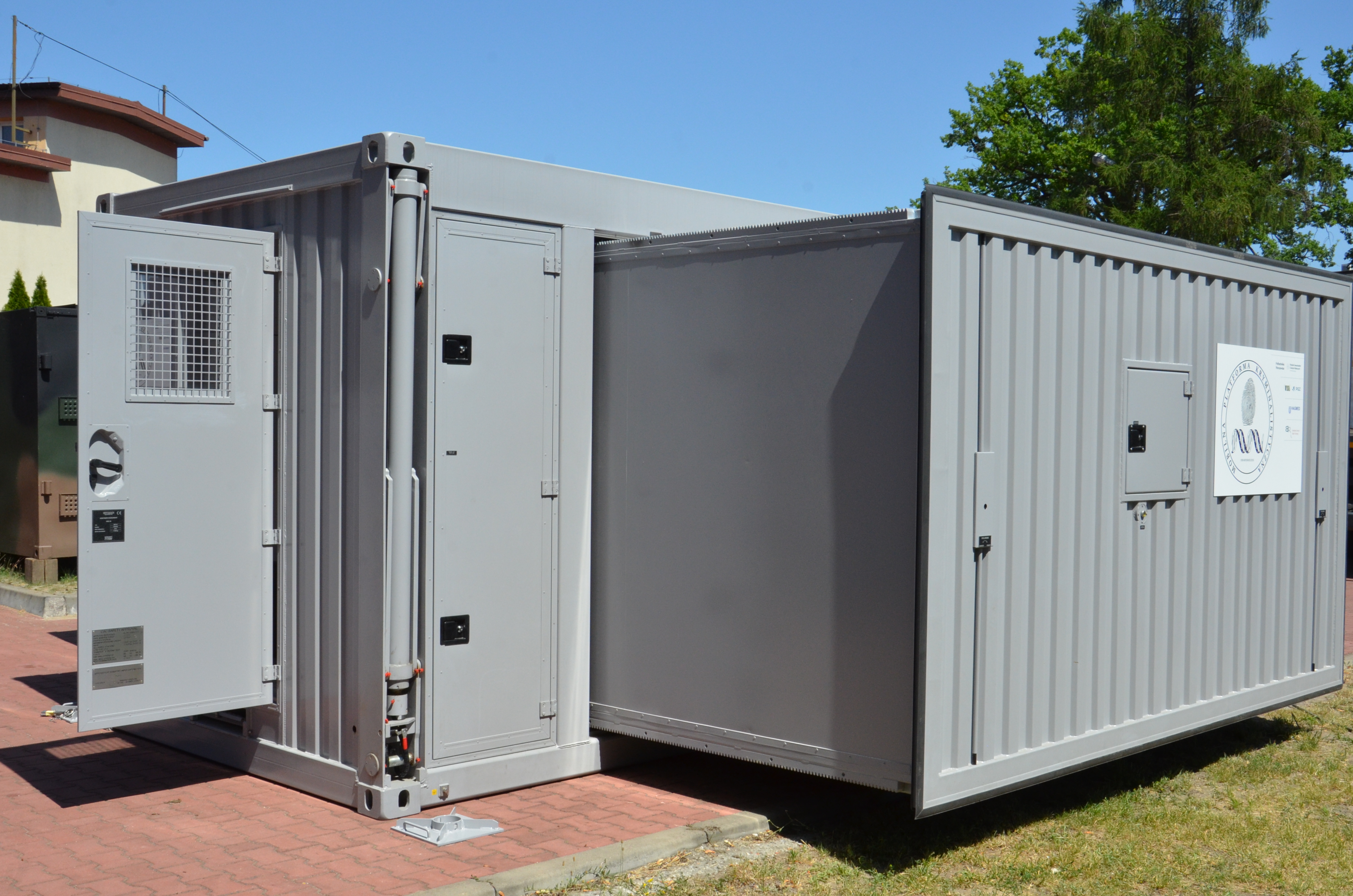
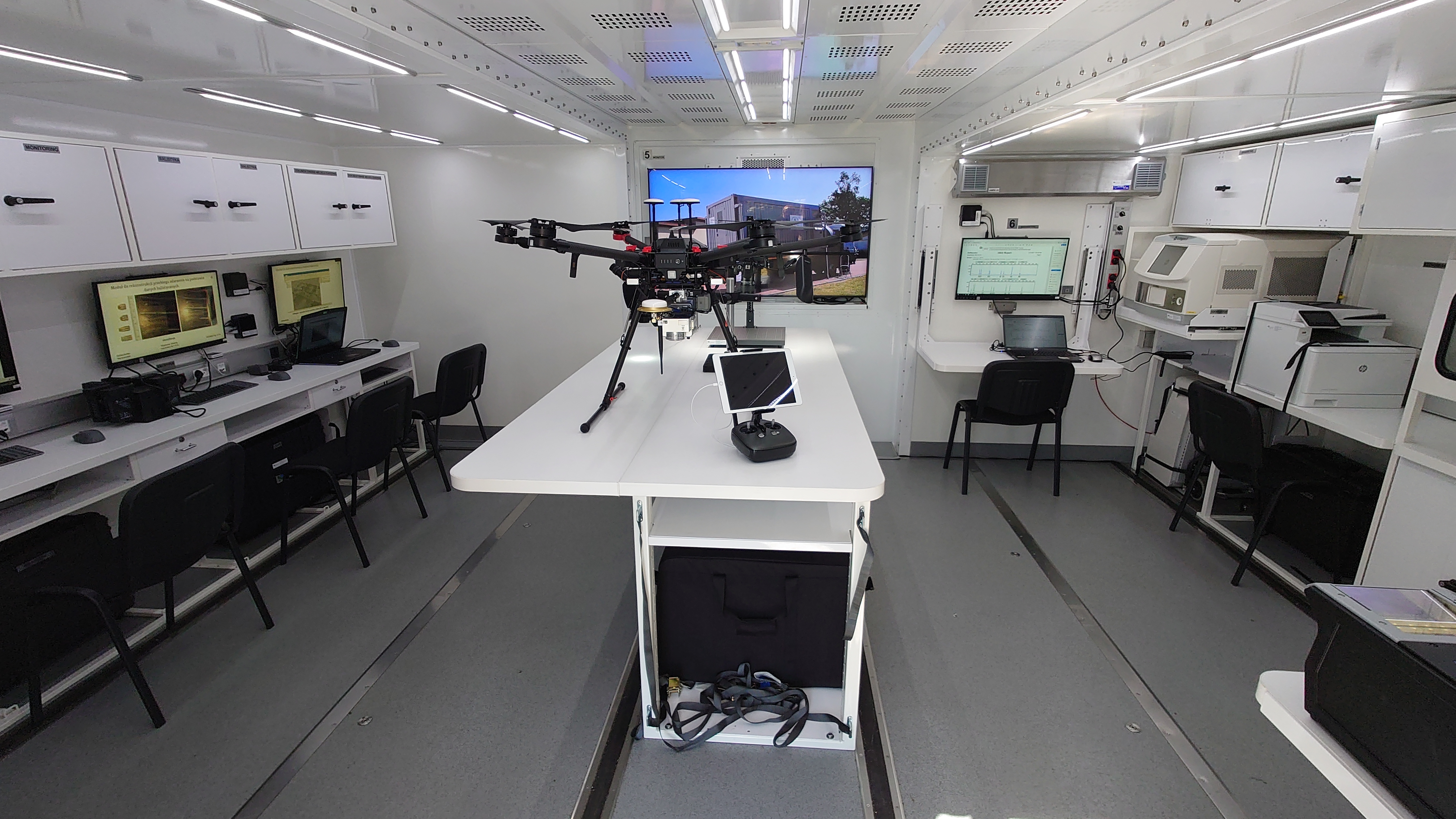
What problem does our project solve?
Until the implementation of this project, the Polish uniformed services, including laboratories and forensic technology units, did not have a single, comprehensive, mobile testing station enabling the simultaneous visual inspection of a large crime scene, securing traces and then carrying out identification examinations at the crime scene in such key forensic specialities as:
- biological tests to obtain a DNA profile,
- dactyloscopic examinations,
- weapons and ballistics tests,
- tests of mobile phones,
- CCTV analysis,
- documentation of crime scenes using a drone.
The implementation of the project resulted in the creation of such a station ready for operation at the scene of a mass event/disaster or terrorist attack. The most significant challenge in the implementation of the project was the design and arrangement in a small space of a station layout for six experts (forensic technicians) and the specialised testing equipment they use, in such a manner as to enable comprehensive forensic analyses to be conducted (Photo 5).
It is also a major challenge to avoid the introduction of contaminants (contamination) in such a small space, particularly for biological (genetic) research. It was also important to adequately power all equipment ready to work under virtually any conditions (including often without any external power supply), as well as to introduce an emergency power supply line in case of a power outage from the own generator or a shared external network. According to the assumptions, when implementing the project, the criteria were met in terms of prompt readiness for operation of the mobile platform, i.e. 15 minutes for its unloading and another 15 minutes for all forensic devices to be fully operational (the total time needed from arrival to full deployment - i.e. reporting readiness for operation of the Mobile Forensic Platform is achieved within 30 minutes) (Photos 4 and 5).
The entire project proved to be an elaborate undertaking combining an advanced integration of working machinery with specialised forensic equipment to conduct identification investigations directly at the scene of a major mass event, disaster or terrorist attack.
Who will benefit from the outcomes of the project?
The project is mainly targeted at the Polish uniformed services within which forensic technology units and forensic laboratories operate, i.e. the Police, Border Guard, Military Police. Officers or civilian employees of these units will be direct users of this type of solution. Whereas, the effects of the quickly obtained results at the scene of an incident will be mainly on the officers of the investigation services and the public prosecutor's office, i.e. the persons directly conducting the investigation at the scene of an incident. For many incidents, the prompt verification of traces or the direct identification of persons at the scene is key to achieving the expected dynamics of the case, including the identification of suspects or persons linked to the incident.
What was the most challenging aspect of the implementation of the project for us?
The greatest challenge proved to be the entry of the employees of the Faculty of Automotive and Construction Machinery Engineering of the Warsaw University of Technology into the new areas hitherto unknown to them - in this case forensic research.
The specifics of the work of the experts from the various forensic specialities and the specialised equipment dedicated to each field had to be acquainted in a very short time. Then, all of this had to be interconnected and deployed within the framework of a mobile laboratory (extendable container) with the appropriate division of workplaces, power supply and protection against contamination of the materials examined.
The joint work of the established consortium was undoubtedly a major challenge, but was ultimately successful in the form of a fully functional prototype of the Mobile Forensic Platform (MFP) constructed according to the objectives of the project.
Our advice to other Applicants
By building consortia, thus expanding the project team with people with relevant competences (sometimes from completely different fields than those typical for employees of the Faculty of Automotive and Construction Machinery Engineering of the Warsaw University of Technology), it is possible to undertake projects from many and different subject areas. In this case, it was possible to combine the knowledge and experience of employees of the Faculty of Automotive and Construction Machinery Engineering of the Warsaw University of Technology, Wojskowe Zakłady Łączności nr 1 S.A. and HAGMED Sp. z o. o. Sp. kom. The established scientific consortium implemented a project comprising various areas of forensic science, including such specialist areas as dactyloscopy and genetics.